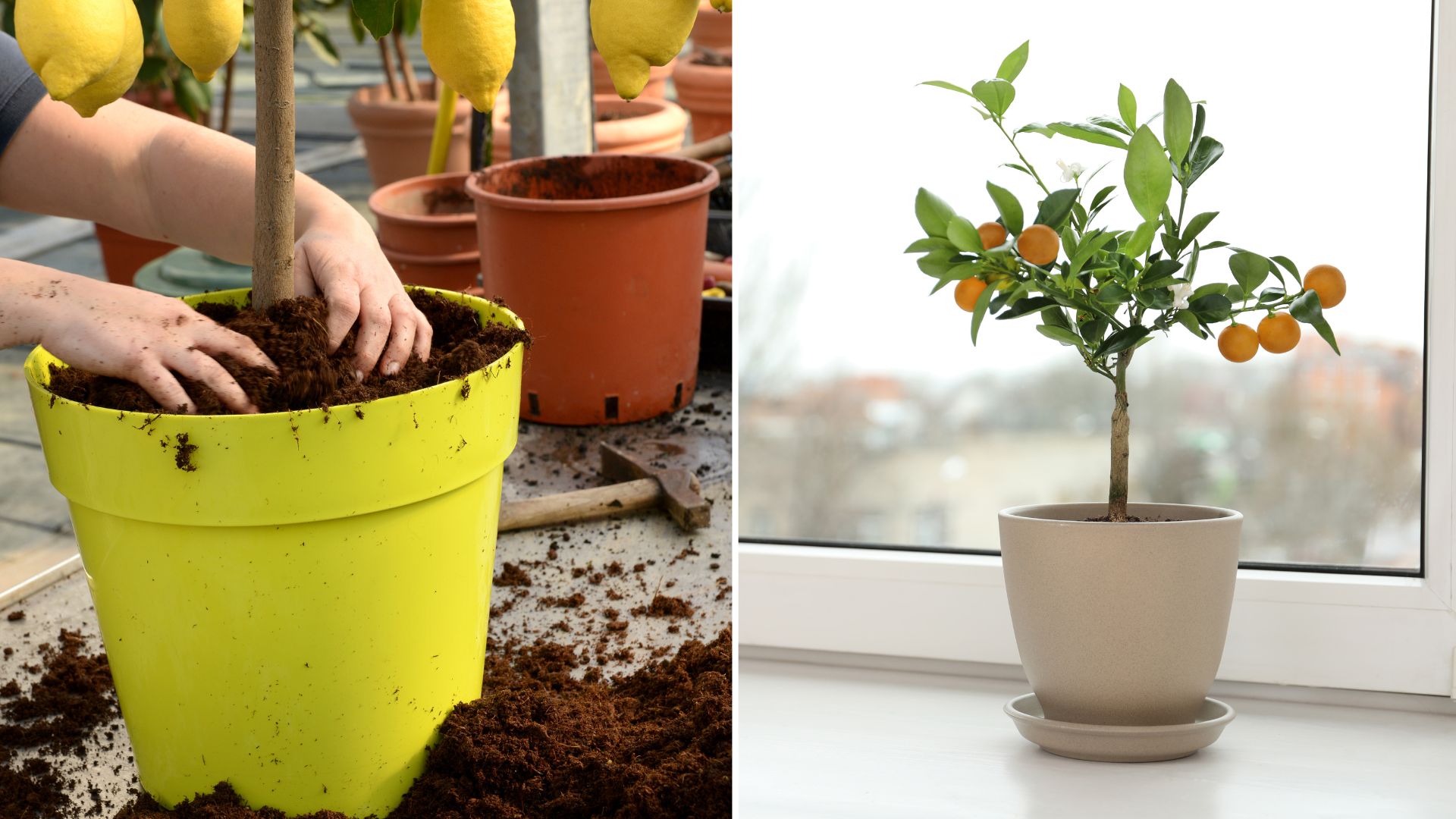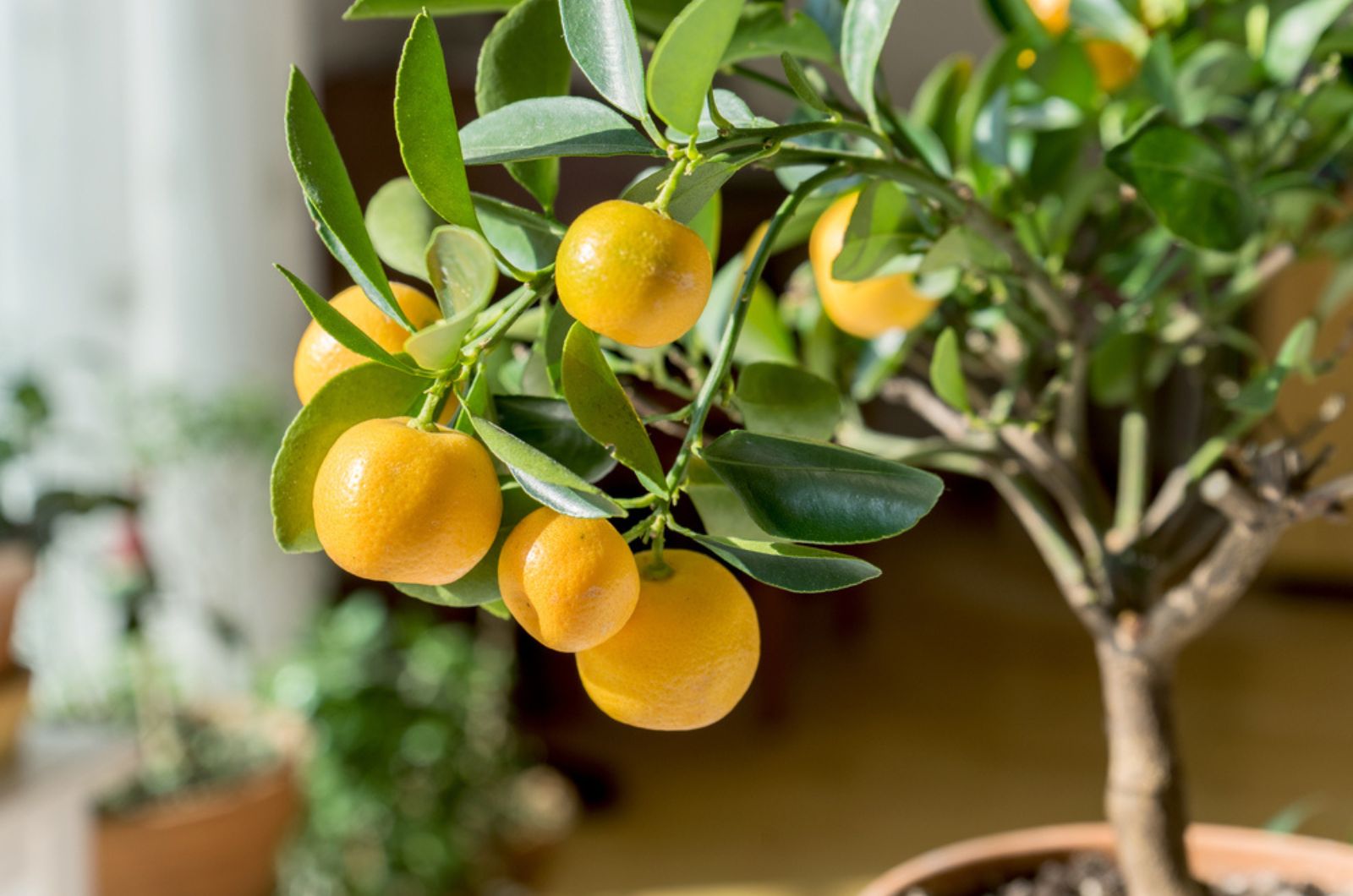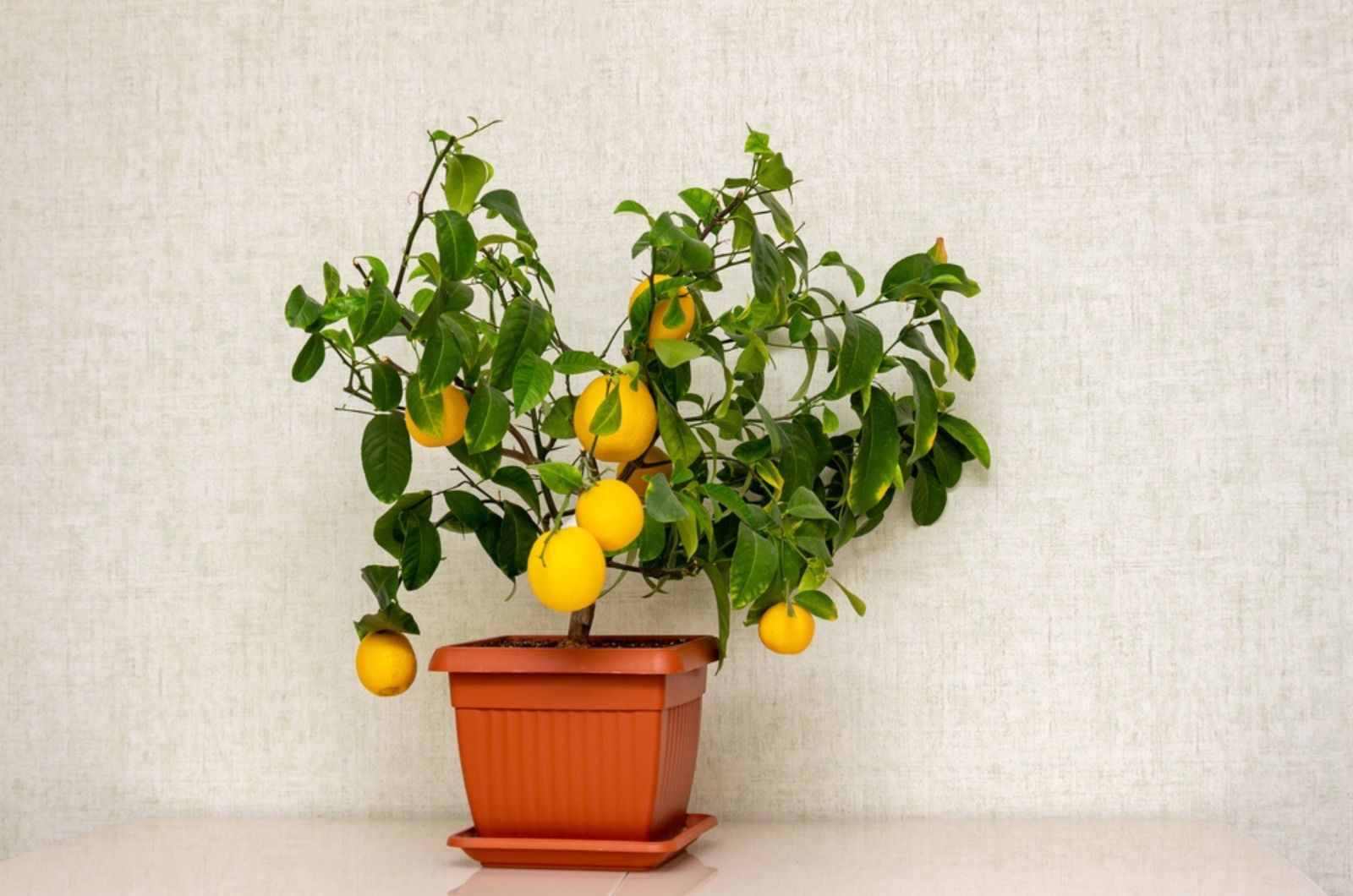How many of you dream of growing your own citrus trees but don’t have enough space outdoors? What if I told you that you can successfully grow these trees indoors?
A living room and a tree may not seem like a perfect combination but, trust me, it can be with a few tricks.
Of course, there’s more than meets the eye, which is why I prepared the essential tips you should know before growing a citrus tree indoors!
Let’s get started!
1. Choose The Perfect Citrus Tree
Well, it’s impossible to grow a standard lemon tree indoors because it would reach 20 feet tall. So, the first thing you need to consider is the size of the citrus tree.
The second thing to pay attention to is the preferable conditions of specific trees because not every species can flourish and generate delicious fruits indoors.
The good news is that there are some fruit trees you can grow indoors and they’ll do perfectly fine.
Oranges, lemons, kumquats, and tangerines will all thrive indoors, but you must go with dwarf varieties!
For instance, if you decide on lemons, the two varieties that can grow healthily in indoor conditions are Meyer and Ponderosa lemons.
When it comes to orange plants, the best choice by far is the calamondin orange. Bear in mind that the fruits won’t be as large as those in supermarkets and they tend to taste more sour.
If you aren’t a fan of these flavors, you can go with sweeter varieties, such as tangerine or satsuma.
2. Mimic Their Natural Environment
After you select the variety, you should know the conditions it needs to thrive. The essential thing to understand about citrus trees is that they’re native to tropical regions, which means you’ll need to mimic these conditions indoors.
The three main requirements you should meet are water, soil, and light exposure.
Everything starts with preparing the perfect soil type and it must be loamy and well-draining to prevent waterlogging and root rot. Materials such as peat moss, compost, and perlite will provide your trees with nutrients and ensure good drainage.
Regarding the watering schedule, always wait until the top few inches of the soil dry out and then add water. Humidity also plays a role in citrus tree growth; if it’s low, you can use a humidifier to increase it.
When choosing the location for your citrus tree, aim for one that receives bright, direct light. South-facing windows receive a lot of full sun so put your citrus trees near them if possible.
It’s also important to ensure warmer temperatures; you can keep the potted trees outdoors during the warm summer months but take them indoors as soon as the temperatures drop.
3. Fertilize
You’ve seen that indoor citrus trees aren’t fussy when it comes to watering but this definitely doesn’t apply to fertilizing.
They’ll need extra nutrients during the growing season so never skip feeding.
The growing season typically starts in March and finishes at the end of August but it may vary depending on the conditions you ensure.
The best method is to apply the fertilizer approximately twice during the season using either a liquid or granular fertilizer.
Fertilizers for lemons or any other citrus type should have a suitable NPK ratio prepared according to the instructions.
You can find various fertilizers on the market designed specifically for citrus trees.
4. Select A Correctly-Sized Pot
Indoor citrus trees may not be as large as their outdoor counterparts but they still require more room than some houseplants or herbs.
When choosing the pot for your citrus tree, you should pay close attention to its size. First, it should fit the root ball to prevent overcrowding. However, it shouldn’t be too large because it will be too hard to maintain suitable moisture levels in the soil.
I highly recommend starting with pots that are 8 inches in diameter. Of course, you’ll need to repot your citrus trees as they develop further.
You can go with 10-12 inch pots after a couple of years and when your tree finally reaches maturity, pots 20 inches in diameter will work best.
No matter which size you choose, make sure the selected container has drainage holes to prevent water accumulation!
5. Self-pollinate For A Bountiful Harvest
Indoor citrus trees look captivating but let’s be honest, we all wait for the fruits!
The good news is that the majority of citrus fruits self-pollinate (1) so they’ll generate fruits even if there aren’t any plants around them.
But if you want to increase the chances you can employ a technique known as hand pollination. (2)
All you need to do if you decide on this method is take a small brush, gather a little pollen from an open flower, and rub it over each stigma (the sticky bulb).
This way you’ll get a lot of fruits, which is the dream of every citrus tree grower.
Nothing tastes better than homegrown citrus fruits! If you lack space, simply follow our guidelines for indoor cultivation and enjoy the heavenly flavor!
References
1. Rye, C., Wise R., Jurukovski V., DeSaix J., Choi Y., Avissar Y. (2016). Biology. OpenStax
2. Broussard, M. A., Coates, M., & Martinsen, P. (2023). Artificial Pollination Technologies: A Review. Agronomy



